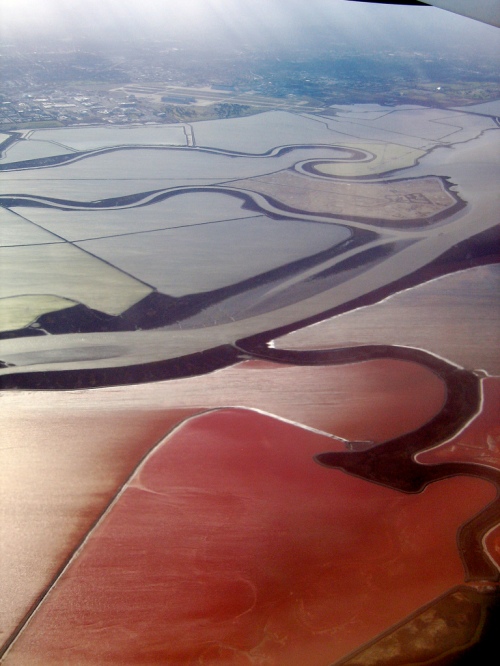From the Federal Government on down there is a not so virtual alphabet soup (swamp?) of public and private organizations collaborating to protect and restore San Francisco’s wetlands. In fact as of Feb 2nd, it’s become an international concern with San Francisco Bay being named an Wetland of International Importance. Arthur Feinstein, our speaker on February 21st, 2013, has been part of this mix for along time as an Audubon and Sierra Club activist, and as a board member of the San Francisco Bay Joint Venture (SFBJV).

This Joint Venture is one of 18 that were established by the Migratory Bird Act of 1971 to protect birdlife. The joint ventures originally got off the ground protecting ducks, building on the work of Ducks Unlimited, and their efforts to preserve habitat and species for hunting. These Joint Ventures were so successful that the Fish&Wildlife Service decided to expand the program to in essence save all the birds in the country — and now really goes beyond that to all species in general.
SFBJV — the Joint Venture that is smallest in area of all 18 — has three main areas in restoration: wetlands, riparian habitat, and associated uplands. It works with organizations like Audubon, Save the Bay, Sierra Club and government agencies like the Fish and Wildlife, that have funds. The joint venture’s board and staff work on things like acquiring land, doing evaluation and monitoring, project development and implementation, outreach, and most importantly funding support, looking to get the biggest bang for the buck in these restoration programs.
Arthur spent the rest of his talk walking through the projects up and down the bay looking at the challenges and successes of these projects. One thing that you might not expect is that wetlands restoration is a lot about earth moving. Dyked off areas of the bay begin to sink (think New Orleans). The most famous place locally for this is Alviso in the south bay 16′ below the water line. This means you can’t just breach a dyke, you have to bring in dirt and a lot of it to bring the bottom up.
Happily this leads to a fine talking point — restoration means construction jobs, which is a selling point which reaches past people who are primarily concerned about the environment into a broader community.
These projects can also take a lot of time. This might be negotiating with a land owner, like the Navy at Scagg’s Island (worried about the implications of past contracts with adjacent landowners), others require lots of study — and Army Corps of Engineers studies can take a long time. The South Bay’s wetland restoration program (the largest project in the country outside of the Everglades) will take 50 years, with time built in for study and evaluation. The work is as much art as science, it’s not always certain how things will work. Inshore communities also need to be protected against potential flooding.
There are unintended environmental consequences as well — birds like Canvasbacks like shallow water salt ponds, but with some of these being removed this bird is not coming back in the same numbers. Snowy Plovers have been using dry salt ponds for nesting ground. Some of the restoration projects are now trying to take this into account — leaving a variety ot habitat.
There are all sorts of political & legal battles in this too — elections deciding between development and restoration, at places like Redwood City (46 votes decided one referendum on Bair Island) and Cullinan Ranch (which 20 years ago nearly became a Marina).
All of these things take a lot of effort from a lot of different people and organizations. What we get out of it — the past 30-40 years to make the Bay a better place — includes some intangibles: more resilience against climate change events like rising seas, healthier bay ecosystems, better spawning grounds, and better fisheries, but we also get to see beautiful things like the Clapper Rail returning to San Francisco at Heron’s Head park, and maybe all this effort has also gone to help with the return of harbor porpoises, the otter at Sutro Baths, and the huge herring runs the last two years has brought. I’m looking forward to what the next 30-40 years of restoration might bring.
If you want to play a part — you can look for opportunities in many places, but I will leave it with http://sfbayjv.org today.
Read Full Post »


